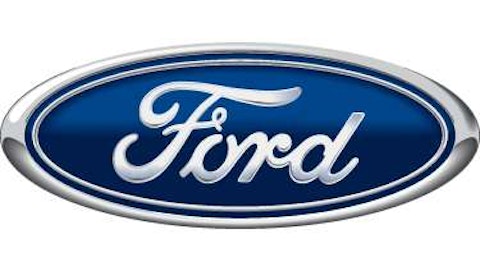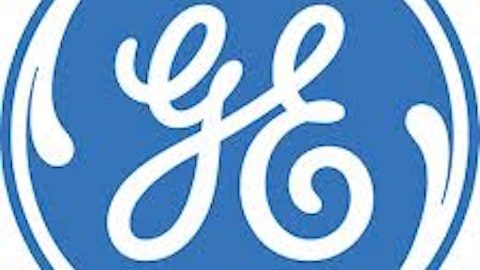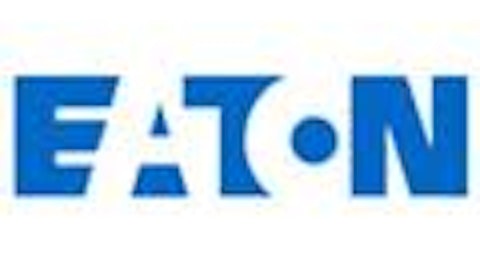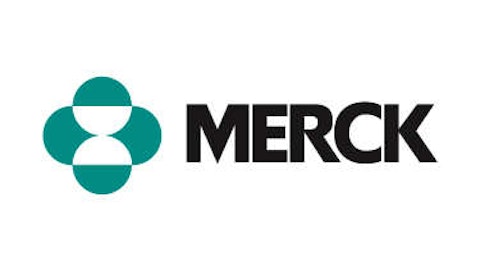Probably not the best idea
Hey, you! Do you spend a lot of time behind the wheel? Don’t you hate not being able to track your stocks in traffic? Well, on Feb. 14, 2001, Fidelity and General Motors Company (NYSE:GM) had a great idea for you: in-vehicle trading services! Fidelity clients would be able to make real-time moves using GM’s OnStar communications service, which boasted about 800,000 subscribers at the time. Little evidence of this partnership’s existence can be found beyond 2001, indicating that the two companies might have come to their senses. Hands-free or not, it’s tough to imagine anyone maintaining their composure when hearing that one of their holdings just crashed by 20%.
When it has to be there overnight (in Oakland)
On Feb. 14, 1919, United Parcel Service, Inc. (NYSE:UPS) began operating in Oakland, Calif., adopting the name it would retain for the rest of its corporate life. This was its first expansion beyond Seattle, where it was founded and where it had been delivering messages and packages since 1907. Within three years of adopting its modern name, UPS expanded again to Los Angeles, where it acquired a smaller company that provided the service model that would help it grow into a national organization. This “common carrier” model streamlined and enhanced UPS’ delivery methods, which brought rates down to levels competitive with the U.S. Postal Service. By 1927, UPS operated in a far-flung 125-mile radius around Los Angeles and had also expanded to all other major cities on the Pacific Coast.
UPS remained a private company for much of its history, but its expansion reached truly national scope by 1975, when it was serving all 48 contiguous states while rival FedEx Corporation (NYSE:FDX) was still struggling to turn a profit. In the early 1980s UPS’ airmail service became the fastest-growing airline in U.S. history as it sprang fully formed onto the scene in less than a year. By 1999 — by which point it was already making well more than 10 million deliveries per day — UPS went public for the first time, eight decades after making that fateful move to the Bay Area.
Machines or computing? Why not both?
On Feb. 14, 1924, the Computing Tabulating Recording Company changed its name to International Business Machines Corp. (NYSE:IBM) , formally adopting a name it had registered in New York six years earlier and which had been in use by its Canadian subsidiary since 1917. This was the final step in IBM’s transition from a tabulating company founded by Herman Hollerith to a national business-focused technology powerhouse.
In a report filed the same day as its name change, IBM recorded $1.9 million in profit for the 10-month period ending in October of the prior year, which annualizes out to roughly $2.3 million for the full year. This was an impressive 510% increase over the $376,000 in net income IBM reported for the full year before its 1915 IPO. Eight years after it changed its name, IBM would join the Dow as a money-making machine with $7.4 million in profit — another 230% gain from its 1923 net income.
IBM has been at the forefront of technological progress both before and after its name change, and five IBM employees have earned Nobel prizes for their efforts. Semiconductor research earned the prize in 1973, the scanning tunneling microscope won in 1986, and superconductivity research won in 1987. IBM has also been instrumental in developing the hard disk drive, the ATM, the UPC, and artificial-intelligence systems. Since its name change, IBM has grown its profit at an annualized rate of 10.5%, well in advance of the 6% annualized increase in U.S. GDP over the same time frame.




